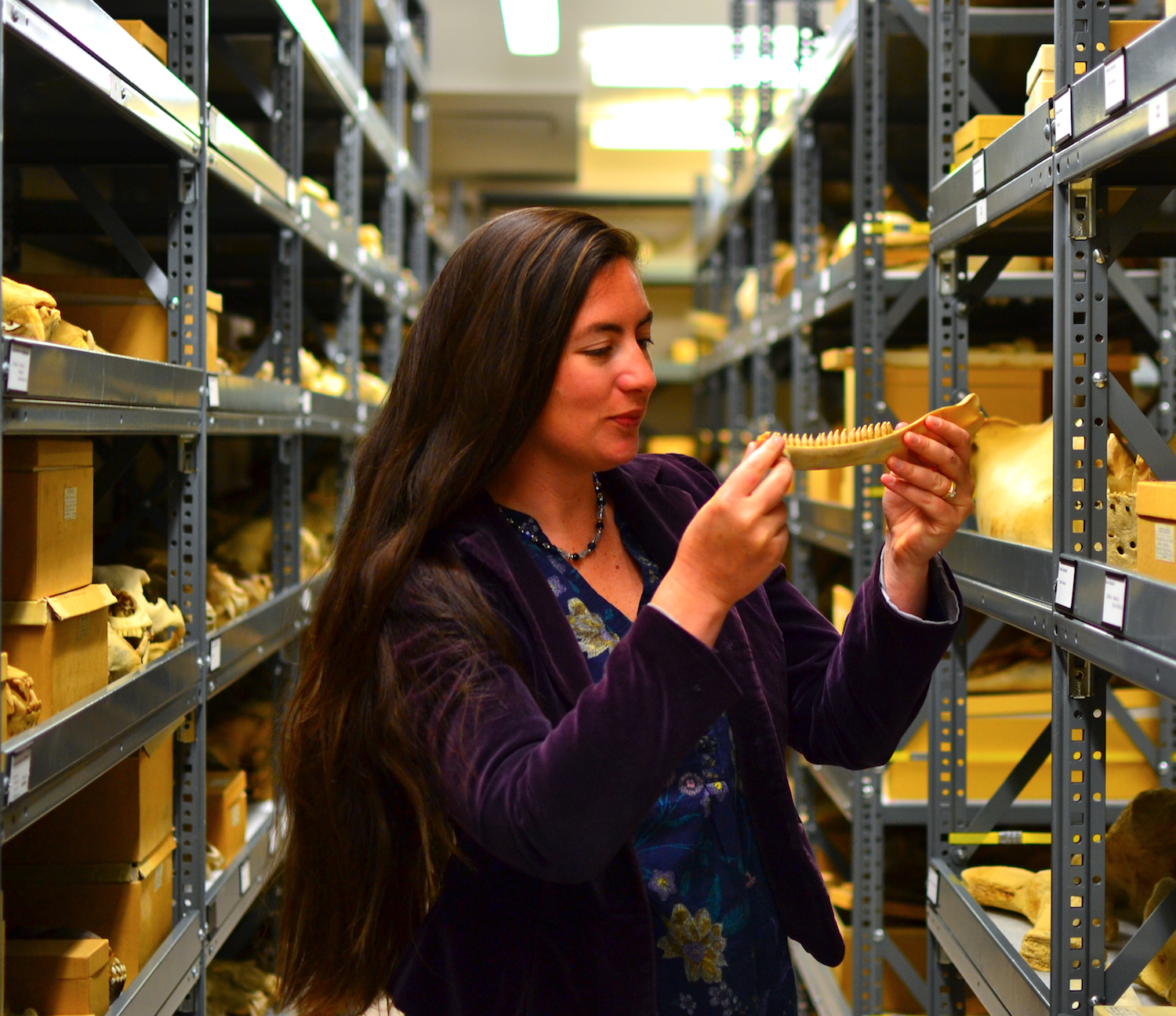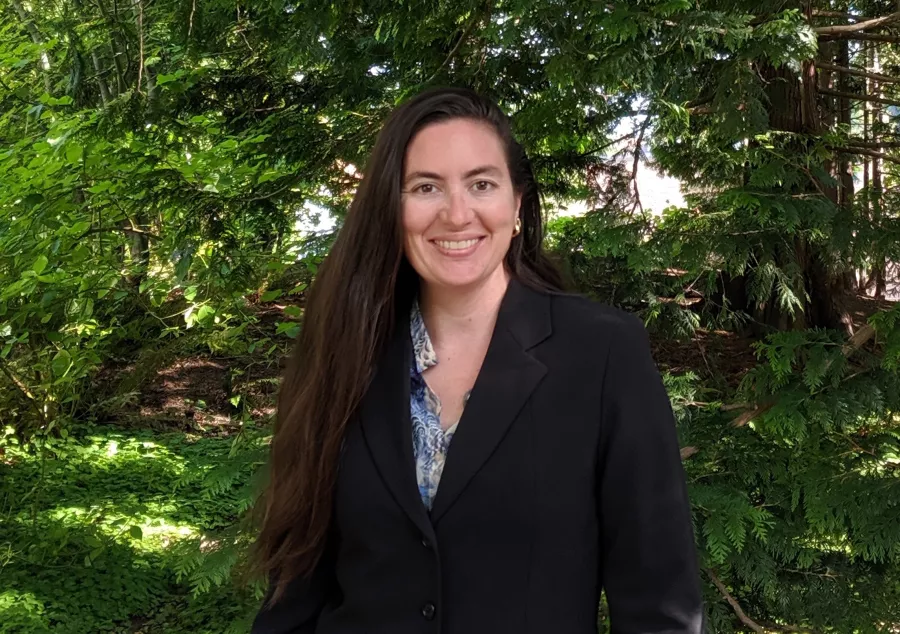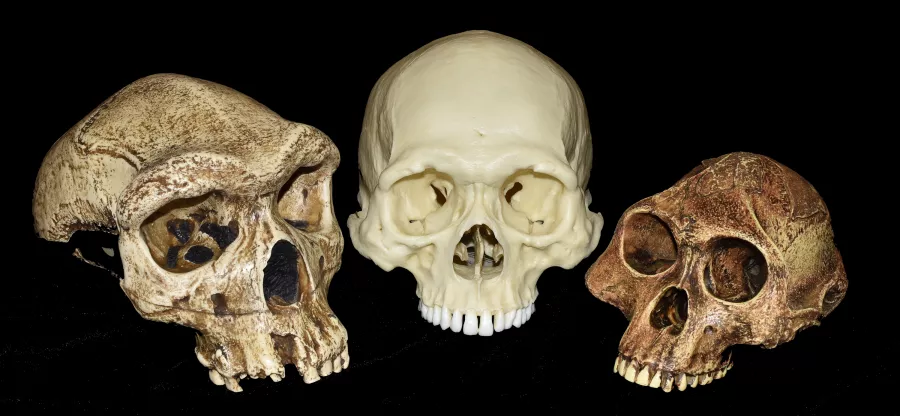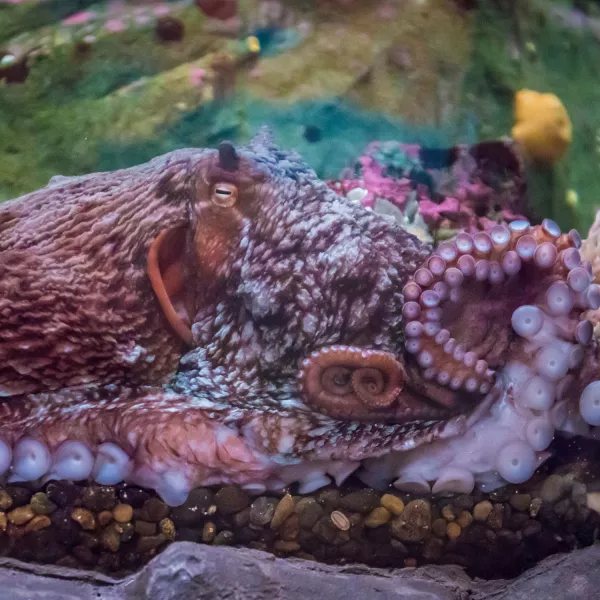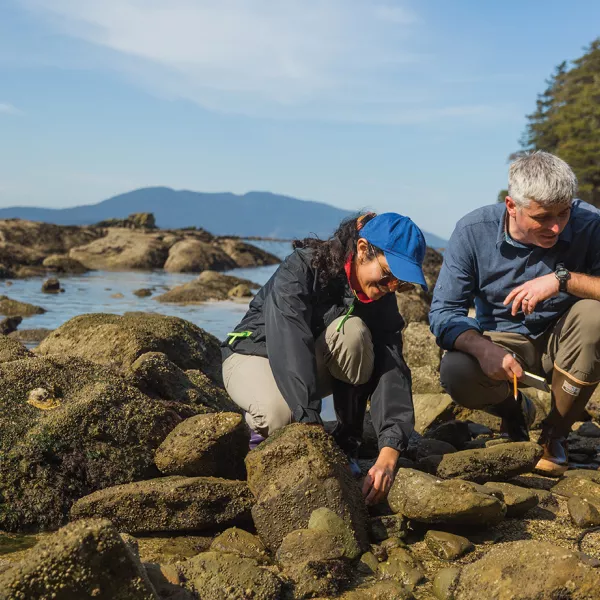One of the many characteristics that set humans apart from other primates is how much our bodies and brains grow in utero.
These big human brains give us much more power and skill in the animal kingdom than our relatively scrawny human bodies would otherwise afford us. But all that power comes at a high price: Humans’ big-skull, tiny-body combination can make for a difficult and dangerous labor and delivery.
Scientists have long wondered about this tension in our evolutionary development. Investigating when prenatal growth and pregnancy became humanlike can help reveal when and how our ancestors’ brains became more like our own. But pregnancy and prenatal growth don’t leave behind much evidence in fossilized bones.
But WWU paleoanthropologist Tesla Monson found the answer in an unexpected place: teeth.
Monson was the lead author of a study of teeth, prenatal growth rates and the evolution of pregnancy published in the Proceedings of the National Academy of Sciences in October.
“While I don’t think that our humanness comes down to only our teeth, I do think that a lot of our humanness is recorded in our teeth,” Monson says. “This opens up a huge window to understanding pregnancy and gestation. We can take dental material and learn about pregnancy in human ancestors and other fossil primates.”
As Monson and her colleagues had puzzled for clues to the evolution of brain development during pregnancy, they started thinking about something else that develops in utero—teeth. Permanent adult teeth start developing at about 20 weeks of gestation. Moreover, tooth enamel is more than 95 percent inorganic, and teeth, or fossils with teeth, make up the vast majority of the vertebrate fossil record.
They studied data collected from fossilized molars and skull fragments of primates that lived about 6 million to roughly 12,000 years ago. They found that the primates’ prenatal growth rate and skull capacity increased over 6 million years, arriving at a human-like gestational growth rate just under 1 million years ago.
“What’s really interesting to me,” Monson says, “is that we reach a prenatal growth rate that separates us from all other living apes between half a million to a million years ago, well before the evolution of the human species around 200- to 300,000 years ago.” Monson worked with Andrew Weitz, a postdoctoral research fellow in Western’s Environmental Science Department, and scientists from Berkeley Geochronology Center and the National Center for Research on Human Evolution in Spain to study fossils from apes and African and Asian monkeys. Variations in the proportions of the molar teeth highly correlated with prenatal growth rates and endocranial volume, they found.
From there, they built a mathematical model using the relative lengths of molars to track evolutionary changes in prenatal growth rates.
“Teeth are a proxy for what is happening in other parts of the body,” Monson says. “We show that they can be used like a roadmap to navigate the maze of interweaving genetic and developmental effects and understand more about life history in the past.”
Monson says these findings line up with another key factor in human evolution, the use of tools. As prenatal growth rates and brain sizes increased, human ancestors were also using tools and cooperating more. It makes sense: They needed more food to fuel these faster-growing pregnancies. And more efficient gathering and sharing of resources, of course, leads to even more growth.
Monson leads Western’s Primate Evolution Lab, studying primate evolution, life history, reproductive ecology and the growth and development of the skeletal system. One of her graduate students in the lab, Jack McBride, is working on a study of the evolution of litter size and fetal growth rates, and Monson hopes to include more graduate and undergraduate students in the work going forward.
Meanwhile, one of the study’s co-authors, from the Berkeley Geochronology Center, is expected to join Western’s anthropology faculty this fall, creating even more opportunities for further study, Monson says.
“We certainly haven’t figured it all out. This is just the beginning,” Monson says. “But it’s very exciting for me to think about the possibilities and to understand hominids, and what their gestation might have been like, from their teeth. The more lines of evidence we get, the more we can learn from teeth, the better.”
